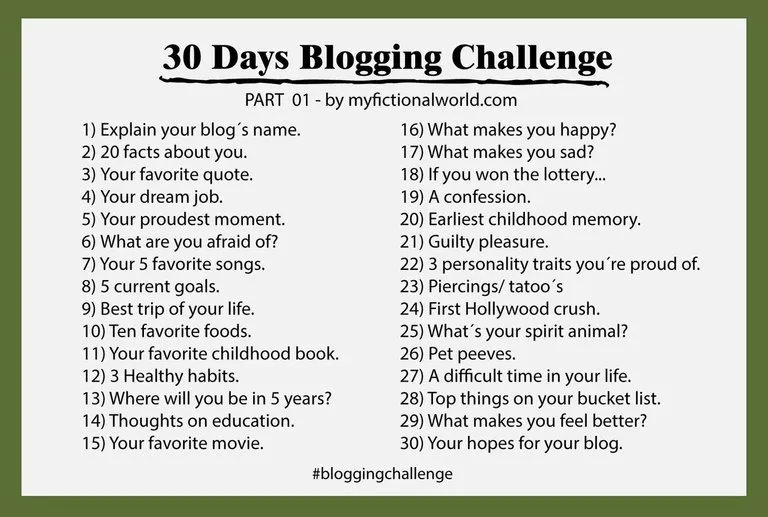The word personality implies the characteristic sets of behaviors, cognitions, and emotional patterns that evolve from biological and environmental factors.

Personality embraces moods, attitudes, and opinions and is most clearly expressed in interactions with other people. It includes behavioral characteristics, both inherent and acquired, that distinguish one person from another and that can be observed in people’s relations to the environment.
Perhaps the oldest personality theory known is contained in the cosmological writings of the Greek philosopher and physiologist Empedocles and in related speculations of the physician Hippocrates.
Empedocles’ cosmic elements—air (with its associated qualities, warm and moist), earth (cold and dry), fire (warm and dry), and water (cold and moist)—were related to health and corresponded (in the above order) to Hippocrates’ physical humours, which were associated with variations in temperament: blood (sanguine temperament), black bile (melancholic), yellow bile (choleric), and phlegm (phlegmatic). This theory, with its view that body chemistry determines temperament, has survived in some form for more than 2,500 years.
According to these early theorists, emotional stability as well as general health depend on an appropriate balance among the four bodily humours; an excess of one may produce a particular bodily illness or an exaggerated personality trait. Thus, a person with an excess of blood would be expected to have a sanguine temperament—that is, to be optimistic, enthusiastic, and excitable. Too much black bile (dark blood perhaps mixed with other secretions) was believed to produce a melancholic temperament. An oversupply of yellow bile (secreted by the liver) would result in anger, irritability, and a “jaundiced” view of life.
An abundance of phlegm (secreted in the respiratory passages) was alleged to make people stolid, apathetic, and undemonstrative. As biological science has progressed, these primitive ideas about body chemistry have been replaced by more complex ideas and by contemporary studies of hormones, neurotransmitters, and substances produced within the central nervous system, such as endorphins.

Having written all the stories above, the three personality traits I am proud of are:
Openness
This trait features characteristics such as imagination and insight. People who are high in this trait also tend to have a broad range of interests. They are curious about the world and other people and eager to learn new things and enjoy new experiences.
People who are high in this trait tend to be more adventurous and creative.People low in this trait are often much more traditional and may struggle with abstract thinking.
I think I have this in the high rate.
Conscientiousness
Standard features of this dimension include high levels of thoughtfulness, good impulse control, and goal-directed behaviors. Highly conscientious people tend to be organized and mindful of details. They plan ahead, think about how their behavior affects others, and are mindful of deadlines.
This has always put me in check and regulates how I behave and the things I do, am always mindful of me not hurting others.
This personality dimension includes attributes such as trust, altruism, kindness, affection, and other prosocial behaviors. People who are high in agreeableness tend to be more cooperative while those low in this trait tend to be more competitive and sometimes even manipulative.
I never knew I was exhibiting something that has a name, until I have to write this article.
Thanks for reading this little piece, see you in tomorrow's piece "piercings/tatoo".
